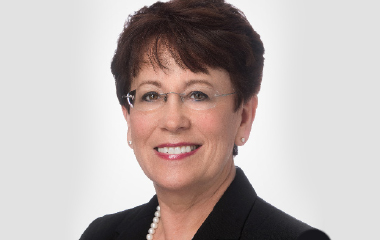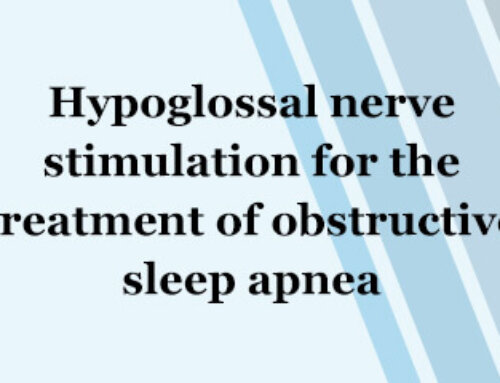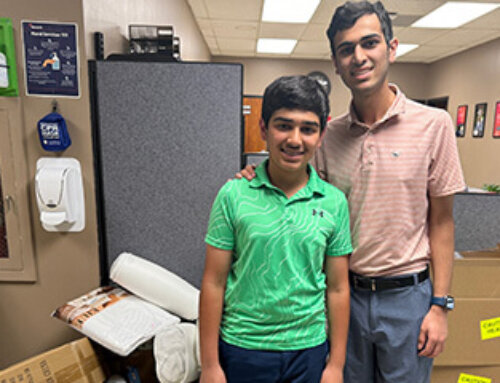
Nancy Redeker, PhD, RN
Yale School of Nursing; Beatrice Renfield Term Professor of Nursing
An AASM member since 2007, Dr. Nancy Redeker is the director of the NIH-funded Yale Center for Sleep Disturbance in Acute & Chronic Conditions and the YSN Biobehavioral Laboratory, and teaches in the PhD Program in Nursing at YSN. Her research places a focus on the role of sleep and sleep disorders among patients with acute and chronic conditions, along with the effects of behavioral sleep promotion interventions for clinical and community populations.
What inspired you to focus on sleep as a research topic?
My early career focused on providing nursing care to people who were critically ill and those with cardiac conditions in a hospital setting. I returned to school to obtain a PhD in Nursing Science to conduct research on the best ways to facilitate recovery and quality of life with this population. I conducted my dissertation research on psychosocial concerns of adults recovering from coronary artery bypass surgery and learned (as incidental findings) that these patients had disturbed sleep from the pre-operative period long into the post-operative periods, and that sleep had important implications for their recovery, daytime symptoms, and quality of life. These findings stimulated my interest in sleep in people across the trajectory of acute and chronic conditions and led me to seek additional training in clinical sleep medicine and the full scope of sleep measurement methods.
What do you find most challenging about studying sleep and its impact on chronic conditions?
The most challenging aspects of studying sleep in chronic conditions are the complexity of both sleep and the chronic conditions. Sleep is a multi-dimensional phenomenon that includes biological, behavioral, temporal and perceptual characteristics, and each may have different effects on health outcomes. Likewise, sleep interventions must be targeted to specific aspects of sleep. For example, interventions focused on sleep duration may differ from those designed to change sleep timing. Studying sleep is especially complicated in patients with chronic conditions who often also have comorbid conditions, medications and other treatments that may contribute to sleep disturbance, as well as exposure to environmental, economic, and social influences that may also influence sleep as well as the chronic condition. Chronic conditions change over time, and these changes necessitate varying approaches to sleep measurement and other research methods.
Last year you received a two-year grant from NIH for the study, “Community Partnership for Healthy Sleep.” Can you tell us more about it?
With my colleague Dr. Lois Sadler at Yale School of Nursing, an expert in pediatric nursing, and our interdisciplinary team, I am conducting a study, funded by the National Institute of Nursing Research, that is designed to provide foundational information necessary to improve understanding of the perspectives of parents, community pediatric health care providers, and child care providers about sleep habits, factors that contribute to sleep and sleep habits, sleep difficulty, and potentially useful sleep promotion strategies among children living in economically stressed urban environments. The information will be used to support the future evaluation of the feasibility, acceptability, short and long term effects of a community-engaged, family-focused sleep promotion program for children between 6 and 36 months of age.
A unique feature of our study is the community-engaged approach in which the investigators, parents, health care providers, and child care providers are equal partners in the research and will work together to develop a culturally relevant and feasible sleep promotion program. We are using a mixed methods approach in which we are collecting both quantitative and qualitative data to address the study aims. We hope that both of these design characteristics will lead to a future sleep promotion program that is feasible and highly acceptable to the community, while promoting healthy sleep and improving sleep-related outcomes.
What has been the most rewarding part of your role as the editor of Heart & Lung: The Journal of Acute and Critical Care?
As editor of Heart & Lung, I have had the opportunity to influence the quality of clinical and behavioral research related to cardiac, pulmonary and critical care and to disseminate it to a wide audience of scientists and health professionals. Our authors and readers have broadened considerably over the past several years and now include members of a variety of health-related disciplines from throughout the world.
Today is sleep receiving more attention in nursing education and practice than when you began your career?
As in other disciplines, sleep is receiving increasing attention in both nursing education and practice. Nurses are in an ideal position to promote sleep health and support patients in addressing sleep deficiency and sleep disorders because of our expertise in health promotion, disease management, and health behavior. Our presence in virtually all health care settings, communities, schools and occupational health settings provides opportunities to address sleep with individuals and families and to develop and implement community and institutional programs, as well as health policy to promote sleep health. While many of my nurse colleagues are incorporating sleep into primary care, acute care, and community health practice, quite a few, including nurse practitioners and other nurses, are now practicing in specialized sleep disorders centers.
How do you spend your time outside of work?
My favorite times are those I spend with my husband, children and 4 lovely grandchildren – 3 boys and a girl. I enjoy the time I spend at my house on a lake and making jewelry.
If you could share one piece of advice – personal or professional – with fellow members, what would it be?
Be open to new ideas.
This content was published in the Spring 2018 issue of Montage, the official membership publication of the American Academy of Sleep Medicine (AASM). To read more content from this issue, click the button below!




